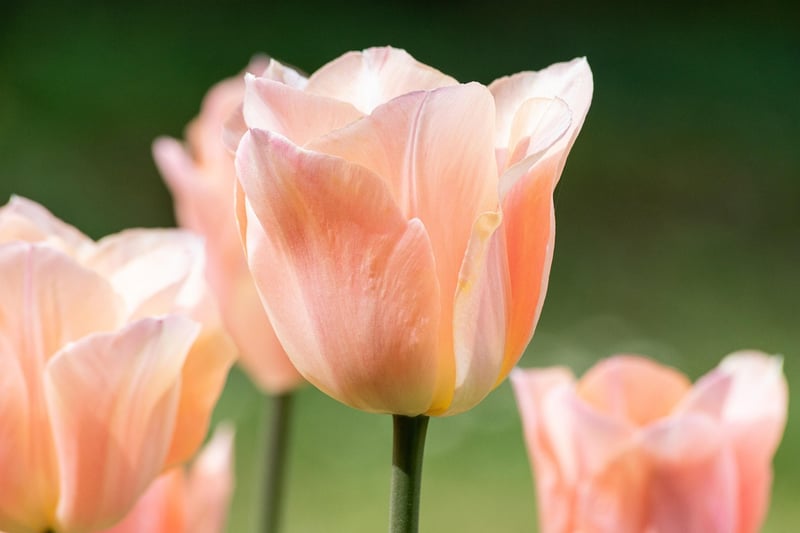Spring Planting Guide

Optimizing Gardening Based on Seasons + Spring Planting Guide
Introduction
Gardening is a rewarding activity that can be optimized by aligning your efforts with the changing seasons. Each season offers unique opportunities and challenges for gardeners. In this article, we will explore how you can make the most of your garden by understanding and adapting to the different seasons. Additionally, we will provide a comprehensive guide to spring planting to help you kickstart your garden for the year.
Optimizing Gardening Based on Seasons
Spring
Spring is a time of renewal and growth in the garden. It's the perfect season to start planting new crops, flowers, and herbs. The soil is warming up, and plants are coming out of dormancy, ready to thrive. Some tasks to focus on in spring include:
- Cleaning up the garden beds
- Preparing the soil by adding compost
- Planting cool-season vegetables like lettuce, spinach, and peas
- Sowing flower seeds for a vibrant garden
- Pruning shrubs and trees as needed
Summer
Summer is the time when most plants are in full swing, and the garden is lush and vibrant. To optimize your garden in summer, consider the following:
- Watering plants deeply to ensure they stay hydrated
- Mulching to retain soil moisture and suppress weeds
- Harvesting ripe fruits and vegetables regularly
- Deadheading flowers to encourage continuous blooming
- Monitoring for pests and diseases and taking prompt action
Fall
Fall brings cooler temperatures and the opportunity to prepare your garden for the coming winter. To make the most of fall in your garden, consider these tasks:
- Planting fall vegetables such as carrots, beets, and kale
- Cleaning up plant debris to reduce overwintering pests
- Dividing and transplanting perennials
- Applying a layer of mulch to protect plants from frost
- Planting spring-flowering bulbs for a colorful display next year
Winter
Winter is a quieter time in the garden, but there are still ways to optimize your space even during the colder months:
- Planning and designing for the upcoming seasons
- Cleaning and sharpening garden tools
- Starting seeds indoors for an early start in spring
- Building structures like trellises or raised beds for future use
- Feeding the birds and wildlife that visit your garden
Spring Planting Guide
Spring is a crucial time for planting in the garden. To help you make the most of this season, here is a comprehensive guide to spring planting:
- Assess Your Garden: Take stock of your garden space and evaluate which areas receive the most sunlight and which have better drainage.
- Choose Your Plants: Select plants that are well-suited to your region and the conditions of your garden, considering factors like sun exposure and soil type.
- Prepare the Soil: Ensure your soil is well-draining and rich in nutrients by adding compost or organic matter.
- Planting: Follow specific planting instructions for each type of plant, ensuring proper depth and spacing.
- Watering: Keep newly planted seeds and seedlings consistently moist until they establish themselves.
- Maintenance: Regularly check for pests, diseases, and weeds, and provide support like stakes or trellises for climbing plants.
- Enjoy: Sit back and enjoy the beauty and bounty of your spring garden as it grows and flourishes.
Conclusion
By optimizing your gardening efforts based on the seasons and following a comprehensive spring planting guide, you can create a thriving and beautiful garden year-round. Embrace the unique opportunities each season brings and enjoy the process of nurturing your plants from seed to harvest.
Happy gardening!